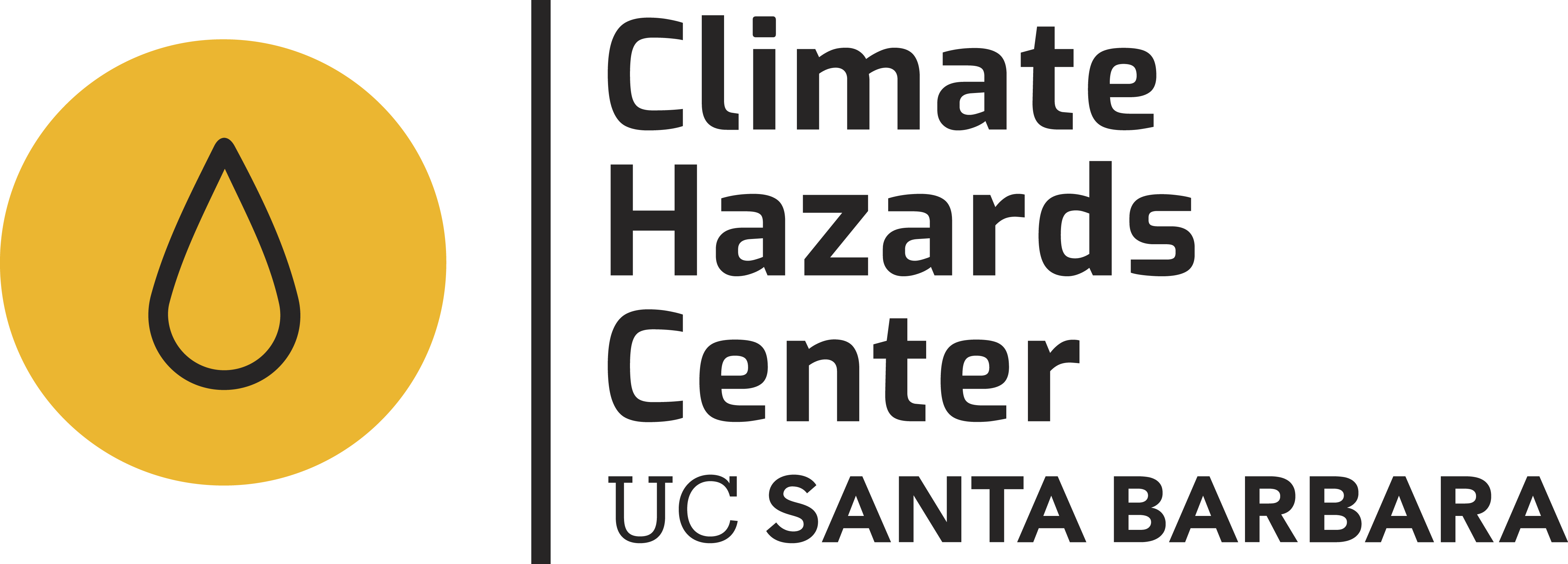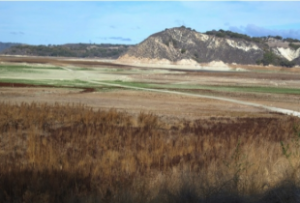A recent study (now accepted for publication in Geophysical Research Letters) led by Dr. Shrad Shukla of the UCSB Climate Hazards Group (CHG), in collaboration with researchers from UC Merced, UC Irvine, Stanford University, and Dr. Chris Funk (USGS EROS, UCSB CHG), examined the role that higher-than-normal temperatures played in exacerbating the severity of the Water Year 2014 drought in California. The study found that although record low precipitation was the main driver of drought, high temperatures played an important role in amplifying the severity. If the temperatures during WY 2014 resembled the temperatures during 1916-2012, there would have been at least an 86% chance of the drought being less severe than it was. This study utilized a hydrologic modeling-based approach to conduct the analysis. The study also examined the current state of the seasonal scale temperature forecast skill over California and noted that the temperature forecast skill for the winter and spring season is negligible beyond the lead of 1 month, which might hinder skillful drought prediction in the region.
The study was also recently featured in the UCSB Current.
Originally published 05-13-2015
October 31, 2019 - 2:26pm

